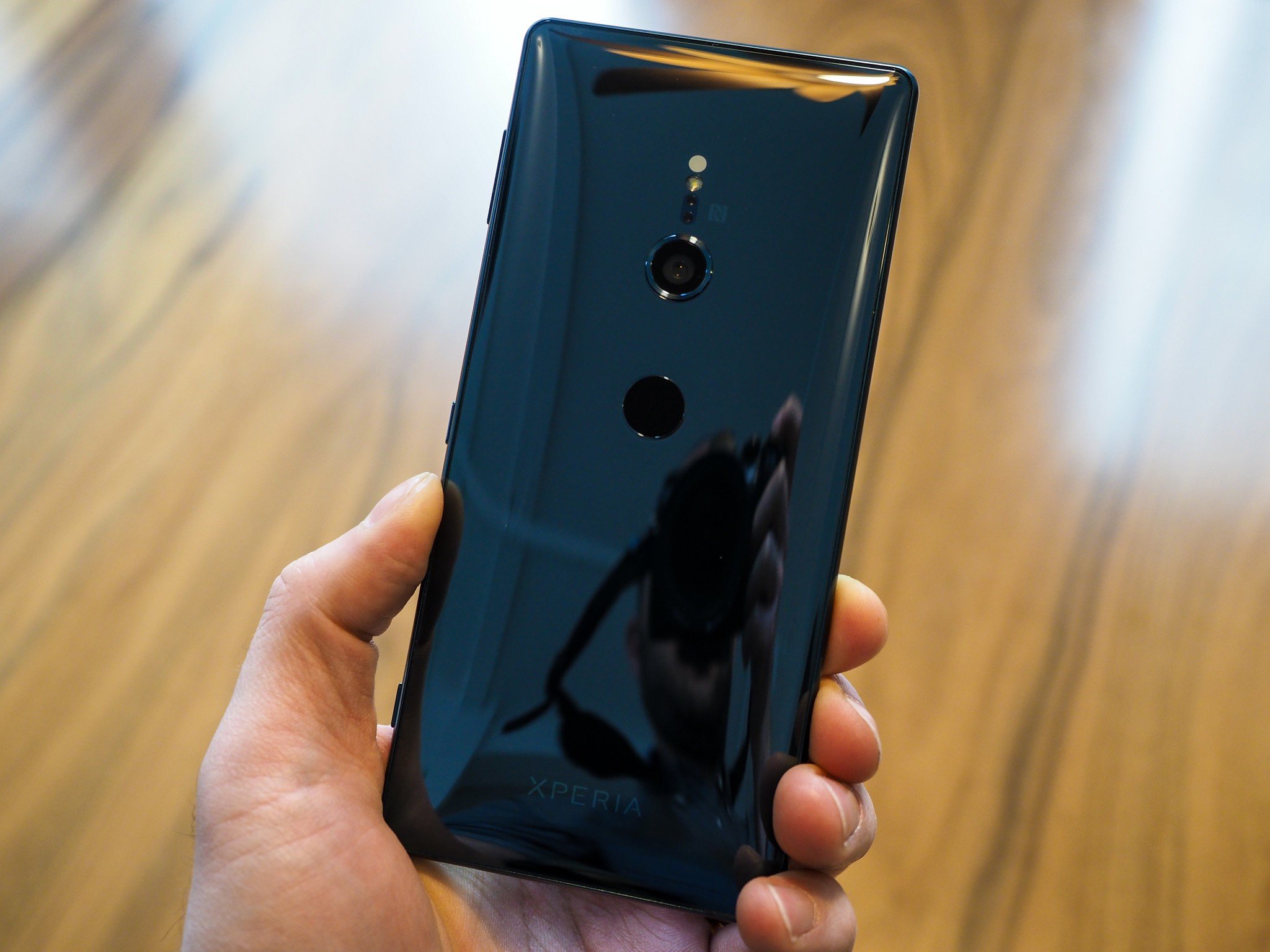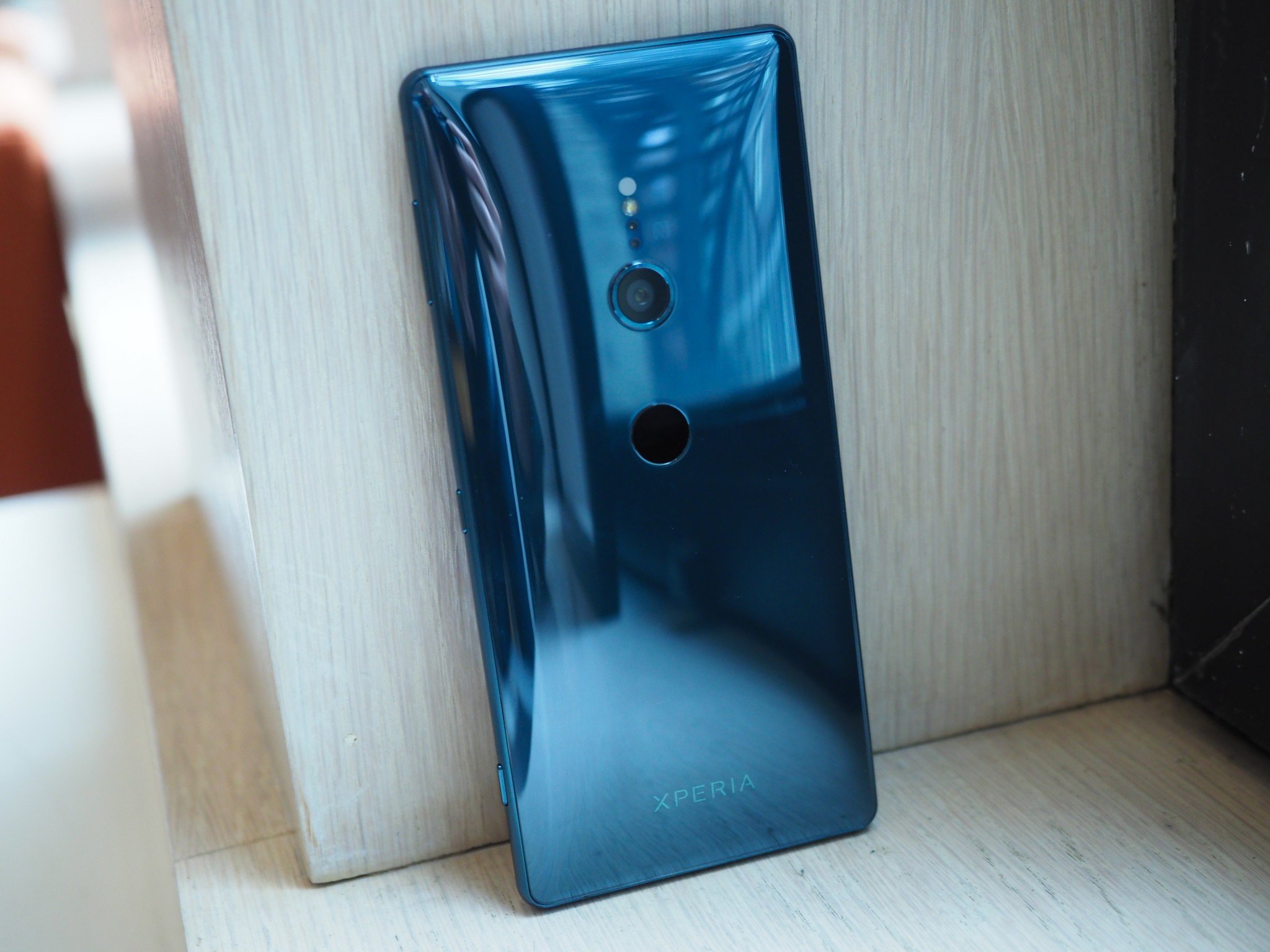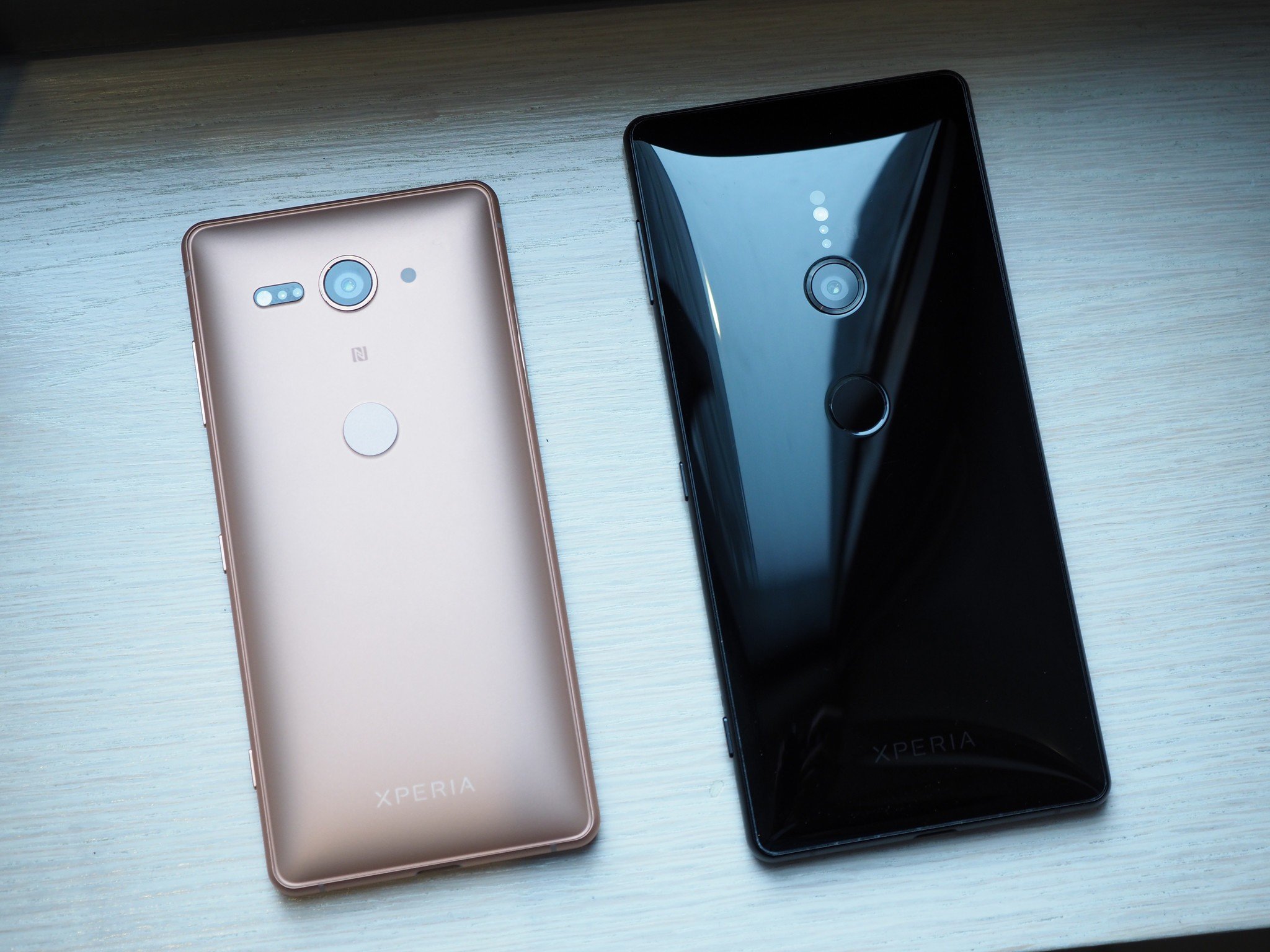The right direction. The wrong carrier strategy.
I have a confession: I really like Sony phones. More accurately, I like the idea of Sony phones — the ones that, over the years, have debuted to passionate pleas by reviewers to improve camera quality and get rid of dem bezels.
The Xperia XZ1, which debuted during IFA last year, didn't get rid of the bezels, but it did give the former — the camera quality — a fighting chance. At the same time, the brand seemed stuck in stasis in the U.S. as consumers waited for Sony's self-proclaimed biometric reemergence, bringing the fingerprint sensor, a table stakes feature, back Stateside.
With the Xperia XZ2, Sony's done exactly that, while simultaneously redesigning its flagship lineup. The phone adopts a so-called "Ambient Flow" design language, extending the 5.7-inch LCD screen to the now-common 18:9 aspect ratio that we saw debut last year with the LG G6. A glass back allows for wireless charging, which is convenient, and the Snapdragon 845 inside ensures that at least from a performance perspective the phone is in line with other 2018 flagships.
The Xperia XZ2 (left) compared to the Xperia XZ1 (right). You can see how different they look from the front.
What's impressive about the Xperia XZ2 is how modern it feels compared to Sony's previous phones; this isn't merely an Xperia XZ1 with less pronounced bezels. The fingerprint sensor has been moved from the side to the back (though there is still, thankfully, a camera shutter button on the side below a dedicated power button), and the phone, at a hefty 198 grams, holds a 3180mAh battery that's 17% larger than its predecessor. At 11.1 millimeters thick, the Xperia XZ2 is not a small phone.
So Sony did a lot to bring its flagship phone into the 21st century, but to say that the XZ2 is "bezel-less," or akin in any way to the achievements of the Galaxy S9, Essential Phone, iPhone X, and LG V30, is a misnomer. There is still a sizeable chin below the elongated screen, and even up top the earpiece, front-facing camera, and proximity sensor combo have plenty of extra room. While the screen certainly takes up more of the phone's overall facade than any previous Sony phone, the phone itself is considerably bigger than any "regular" Xperia flagship — the dimensions are closer to the XZ Premium than the XZ or XZ1 (or XZS. My goodness, Sony releases a lot of phones).
All of this is to say the Xperia XZ2 does a lot of things well, but doesn't diverge too much from the fundamentals that Sony has espoused for years: content creation and media consumption. To that end, the phone puts even greater emphasis than before on taking great photos with the 19MP sensor and f/2.0 lens, which is identical to the previous generation and still not optically stabilized.
This is very much a Sony phone, even though it tries to do away with so much of what made them so problematic in previous years.
There is some gratification in this upgrade, though, owed more to Qualcomm's help than anything Sony itself did: the XZ2 is the first Xperia phone to plug directly into Qualcomm's Image Signal Processor, which means a couple things. First, the processing should be considerably better than the proprietary method Sony used on previous devices; and it allows for 4K HDR video capture, which is heralded along by the Snapdragon 845 platform.
It's safe to say Sony's phone camera output has been of questionable quality in recent years. The company has struggled to keep up with the industry's biggest names like Samsung, Google, and Huawei, despite manufacturing the sensors that go into nearly every phone out there. While I didn't get to do side-by-side comparisons in my short time with the XZ2, Sony assured me that lessons have been heeded and users can expect a significantly better camera experience this time around, despite the lack of hardware changes.
The faster Snapdragon 845 also helps Sony achieve another milestone: 960fps slo-mo video capture at 1080p resolution. The Xperia XZ1 and XZ Premium could capture 0.6 seconds of slow motion at 720p; their successor can do 0.3 seconds at 1080p, which works out to about three seconds of usable video. That's still longer, and at a higher resolution, than the Snapdragon 845-toting Galaxy S9.
Sony has also brought its 3D Creator tool— the cool but not particularly useful feature that allowed users to build three-dimensional models of themselves or objects in their vicinity — to the front-facing camera, so you can 3D alone. I tried this on admittedly early software — the phone doesn't come out until late Spring — but the process was inordinately difficult, and I couldn't complete it. What's potentially more interesting is that these creations can be posted, or will be postable soon, natively to Facebook, allowing you to scare your friends with creepily realistic CGI versions of yourself while dodging fake news. Fun!
Here's admittedly the most interesting part of the entire Xperia XZ2 experience — at least based on my limited time with the phone. Sony calls it a "Dynamic Vibration System," but I call it the coolest haptics ever. It's an optional setting that implements a vibration motor that's more than twice the size than that of a normal smartphone, and while it's not quite as accurate as the one in the LG V30 or iPhone X, it's tremendously powerful.
Sony demoed the Spider-Man: Homecoming trailer (remember, Sony still owns the rights to Spider-Man even if Homecoming is part of the MCU) and it felt like a party in my hands. It's probably not something I want enabled for every song or movie I watch, but if it translates into improved haptics throughout the OS, you can call me a happy camper.
To that end, audio continues to be among Sony's top priorities, although the Xperia XZ2 does away with the headphone jack in favor of a USB-C port and an in-box dongle.
Unlike the LG V30, the Xperia XZ2 is an audio-focused device that does away with the headphone jack.
Perhaps as justification (but not really, let's be honest), the phone's front-facing stereo speakers are 1.5 times more powerful than the previous generation's, and there's still support on-board for myriad audio-related acronyms, including LDAC (wireless audio codec), aptX HD (wireless audio codec), DSEE HX (upsampling compressed audio), and more.
In other words, audio's going to sound really good out of the XZ2, but don't expect to easily use wired headphones with it. Sony justified the removal by pointing to the significant increase in battery life, but I'm still of the opinion that an audio-focused phone should have a headphone jack. Call me old-fashioned.
If you're interested in something smaller and (most likely) cheaper, the Xperia XZ2 Compact could be your phone. It's got a 5-inch LCD display, up from 4.6 inches on the XZ1 Compact — once again, thank the 18:9 aspect ratio and reduced bezels — but the diminutive phone loses the wireless charging of its larger counterpart (along with its attractive rear glass) and the Dynamic Vibration System. It feels considerably less premium than the XZ2, too — the plastic feels cheap compared to previous Compacts — but it's, like 90% the way there, which is more than enough for most people. If you're interested in the Xperia XZ2 Compact, it's probably because you've bought a member of the Xperia Compact series before.
I was one of the few people who bought the Xperia Z3 Compact when it debuted in 2014 — that green was my favorite color — and these Xperia XZ2 variants come close to recreating my favorite hues. But this time around, the XZ2 Compact feels somewhat of a throwaway, a legacy device for people who refuse to move into the now. That doesn't preclude me from wanting it, but it's clear Sony is spending considerably more engineering effort on its flagship, and that's likely to continue into future generations.
On the software side, both phones run Android 8.0 Oreo with a very slight Sony skin. While the company hasn't gone as far as Nokia in dedicating itself to Google's way of Android, Sony's is among the closest to "stock" you'll find on a phone today.
So what's the takeaway here? After seeing the iterative nature of the Galaxy S9, the Xperia XZ2 should be very exciting, but in a lot of ways, it feels like Sony catching up to the present. The XZ2 is a fine smartphone, a capable handset that I hope outputs better photos and videos than its predecessors. But even if it does, and by a wide margin, the phone will still be held back by limited U.S. distribution and branding that doesn't quite make it into the mainstream.
For those who know, Sony makes great smartphones. This time around, let's hope the company behind PlayStation and Spider-Man do a better job making that obvious.
The Xperia XZ2 and XZ2 Compact will be available in late spring. Pricing and specific market availability will be shared in the coming weeks, so stay tuned.













Tidak ada komentar:
Posting Komentar